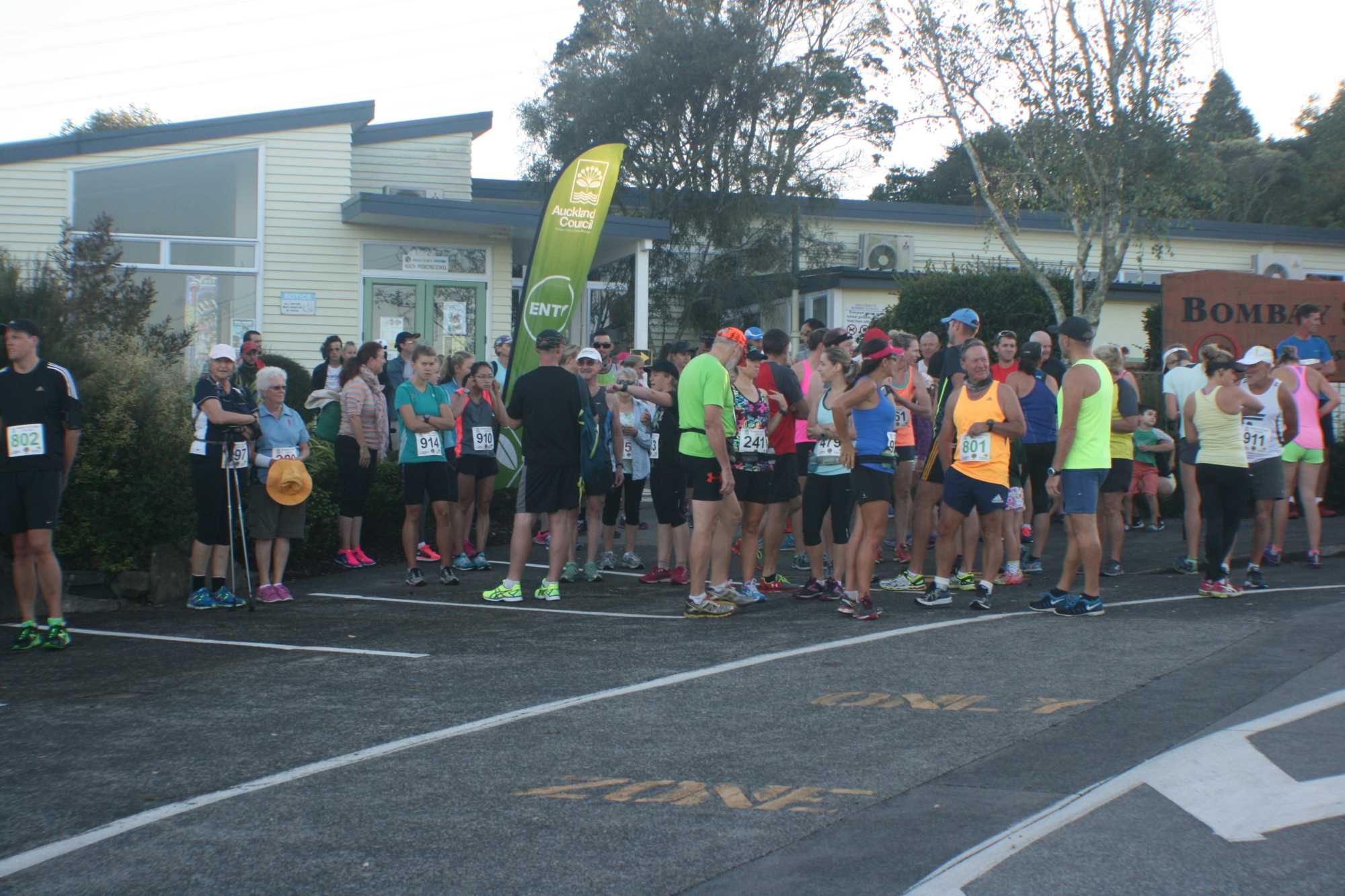

We will be participating in Franklin Positive Ageing, an event specifically for seniors, on Friday 18 October at the Indian Community Hall, Ward Street, Pukekohe. Parking is free and within a few steps of the venue - provided the big ham in the sky doesn't overdo rainfall requirements. At least two licensed amateur operators will be on hand all day to chat about how you can become a radio ham. We will feature some equipment useful for the newbie. Ask about how you can study for amateur exams and receive your call sign.
Warning - some aspects of ham radio can be habit-forming!
 We conduct annual junk sales to redistribute old and loved radio rigs or components. Our next Junk Sale will be held at the club house at 19 Stadium Drive on Tuesday 18 July at 7.30 PM.
We conduct annual junk sales to redistribute old and loved radio rigs or components. Our next Junk Sale will be held at the club house at 19 Stadium Drive on Tuesday 18 July at 7.30 PM.

We recently helped provide safety communications for the Bombay Pioneers Fun Run which is held each year around March 18th. This event commemorates the arrival of the ship Bombay at Auckland harbour on March 18th, 1865. There were 400 new settlers on the Bombay and they travelled to their new homes along the newly built Great South Great - which still makes up part of the fun run today.
The event is based around Bombay School and includes 5, 10, 15 and half-marathon distances. Papakura Amateur Radio Club provided base, leading and trailing car communications while four of our operators assisted with safety stations spread along the route: Bob (ZL1BBZ), Peter (ZL1PJH), Durlene (ZL1ULK) and Ian (ZL1PZ). Luckily, there were no safety incidents apart from a wasp sting at Ian's station and this was quickly dealt with by ambulance personnel.
The remote rig helps the ham radio enthusiast who has...
Nigel ZL2SEA and Gavin ZL1NUX recently spoke to the club on their work with remote rigs. The goal of the remote rig is to create the best possible transceiver experience using a computer anywhere on the Internet.
Nigel demonstrated hardware solutions: (1) a detachable �face� for a transceiver that is portable and can be linked via Internet and (2) a USB attachable box that connects to your PC and also connects to your rig via Internet.
Gavin demonstrated an ICOM server solution. Essentially, a Windows server sits by your rig and controls it through a USB port. Hams then access this server with a piece of software on a PC or cellphone.  Provided all firewall ports are opened, this is a much easier and cheaper option.
Provided all firewall ports are opened, this is a much easier and cheaper option.
Remote rigs offer a beneficial way to both escape �noise� and provide HF to hams in restricted environments. Thanks Gavin and Nigel for your interesting talk.